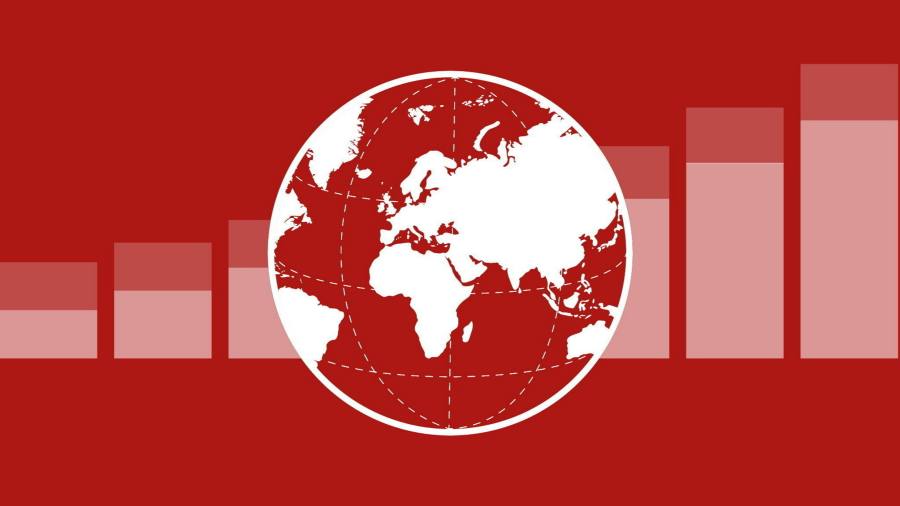European equities rose on Tuesday even as oil prices edged higher following surprise production cuts from members of the Opec+ group on Sunday.
Europe’s region-wide Stoxx 600 added 0.3 per cent in early trading. Germany’s Dax rose 0.2 per cent and London’s FTSE 100 gained 0.5 per cent.
Brent crude, the international oil benchmark, rose 0.8 per cent to $85.60 a barrel after jumping 6.4 per cent on Monday following Saudi Arabia’s move to implement a “voluntary cut” of 500,000 barrels per day, or just under 5 per cent of its output.
Opec+ member Russia also said it would extend its existing 500,000 barrels a day production cut until the end of the year. US marker West Texas Intermediate on Tuesday rose 0.6 per cent to $80.91 a barrel, having surged 6.3 per cent on Monday.
Prices for Brent crude fell to $73 a barrel from $82 in March amid turmoil in the banking sector on both sides of the Atlantic, and after the US dashed hopes that it would significantly replenish depleted stockpiles this year. The decline has been entirely reversed in the past two weeks, however, and analysts expect oil prices to tick higher over the coming months.
UBS said Brent could reach $100 a barrel by June, while JPMorgan expects prices to average $89 a barrel over the next three months before rising to $96 by the end of 2023.
Saudi Arabia and Russia’s reduction in supply was “a pre-emptive measure” designed to ensure that surpluses that began accumulating in the global oil market in mid-2022 “don’t extend into the second half of 2023 as the global economy slows” because of higher interest rates, JPMorgan said.
Contracts tracking US stock markets declined, with the S&P 500 and the tech-heavy Nasdaq 100 set to open 0.1 per cent and 0.2 per cent lower later in the day.
Like oil prices, US equities have recovered from losses in early March. “For a rational investor, we think this makes little sense”, JPMorgan said. “Most of the inflows” into stocks have been driven by a decline in volatility, systematic investors and those covering short positions, it added.
Government bond markets were steady, with the yield on two-year US Treasuries rising 0.01 percentage points to 3.99 per cent as prices fell. The dollar was flat against a basket of six other major currencies.
Asian stocks were mixed. Hong Kong’s Hang Seng index slipped 0.5 per cent, Japan’s benchmark Topix index rose 0.2 per cent and China’s CSI 300 added 0.3 per cent.
Read the full article here



